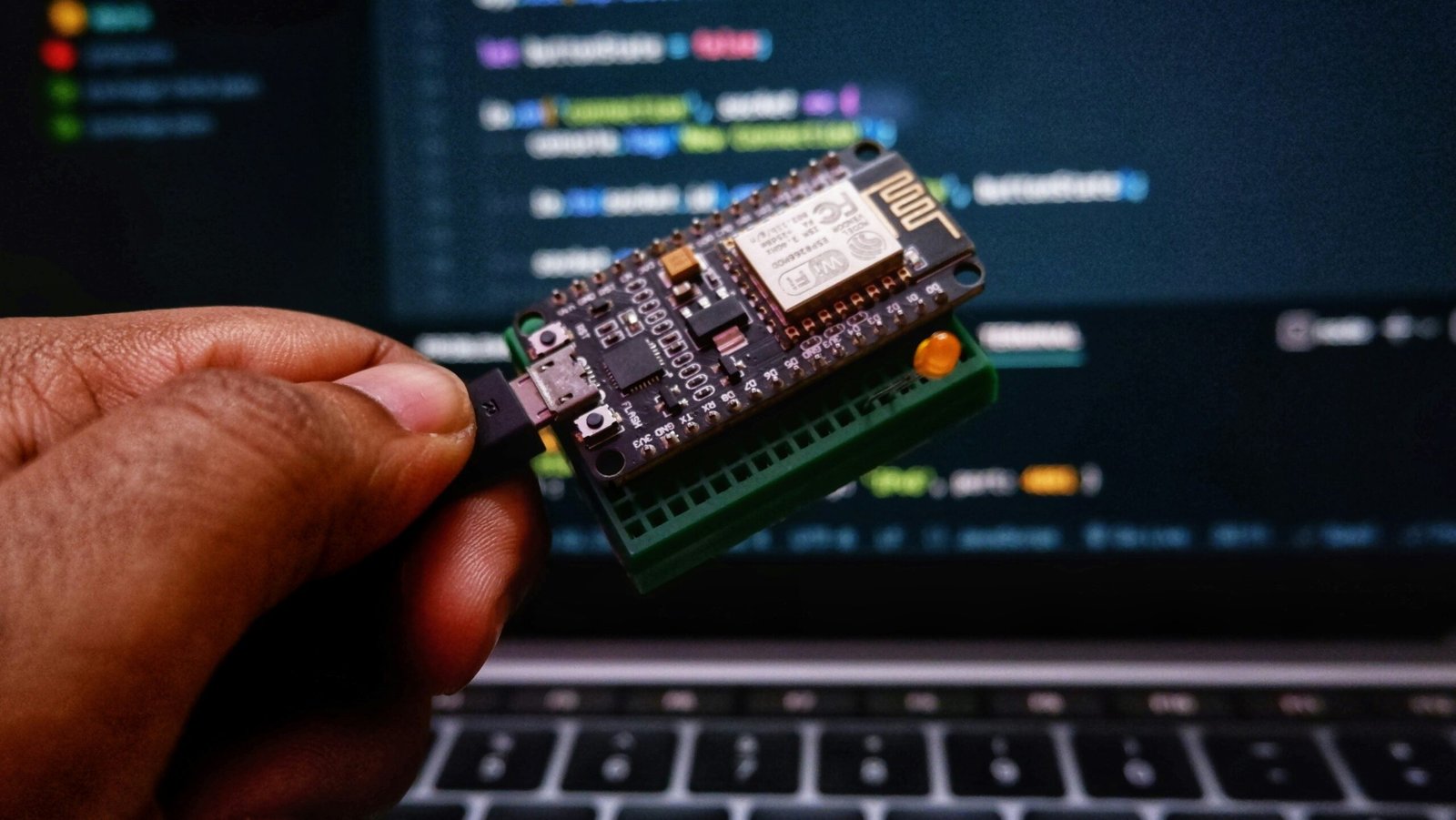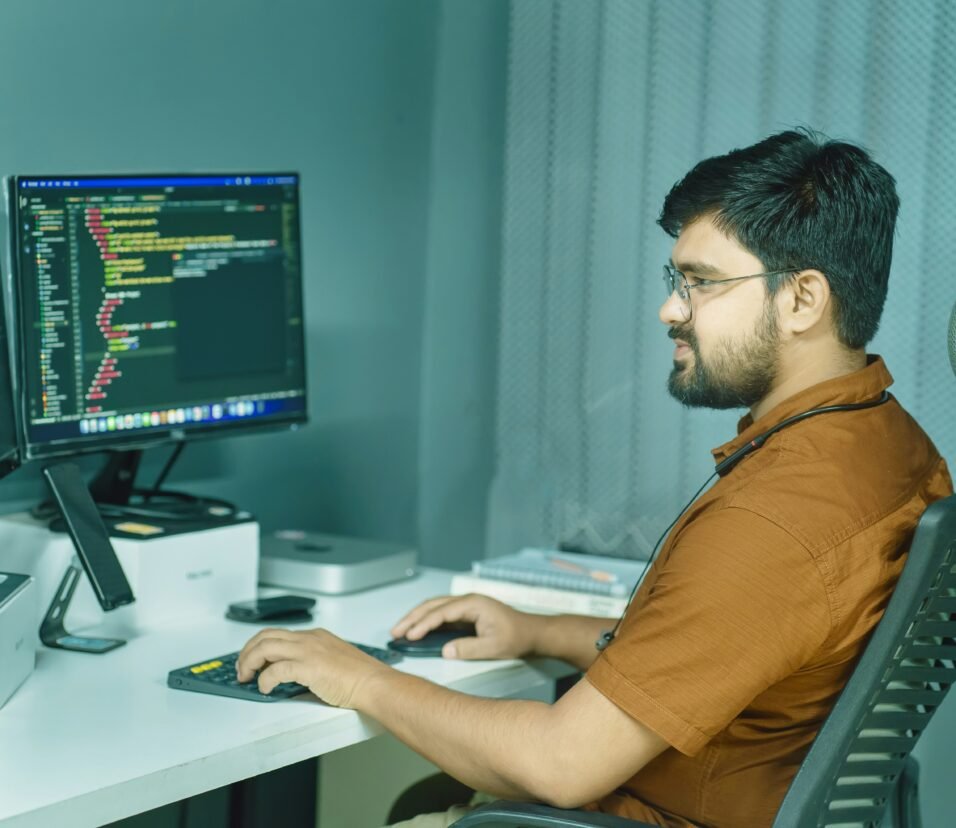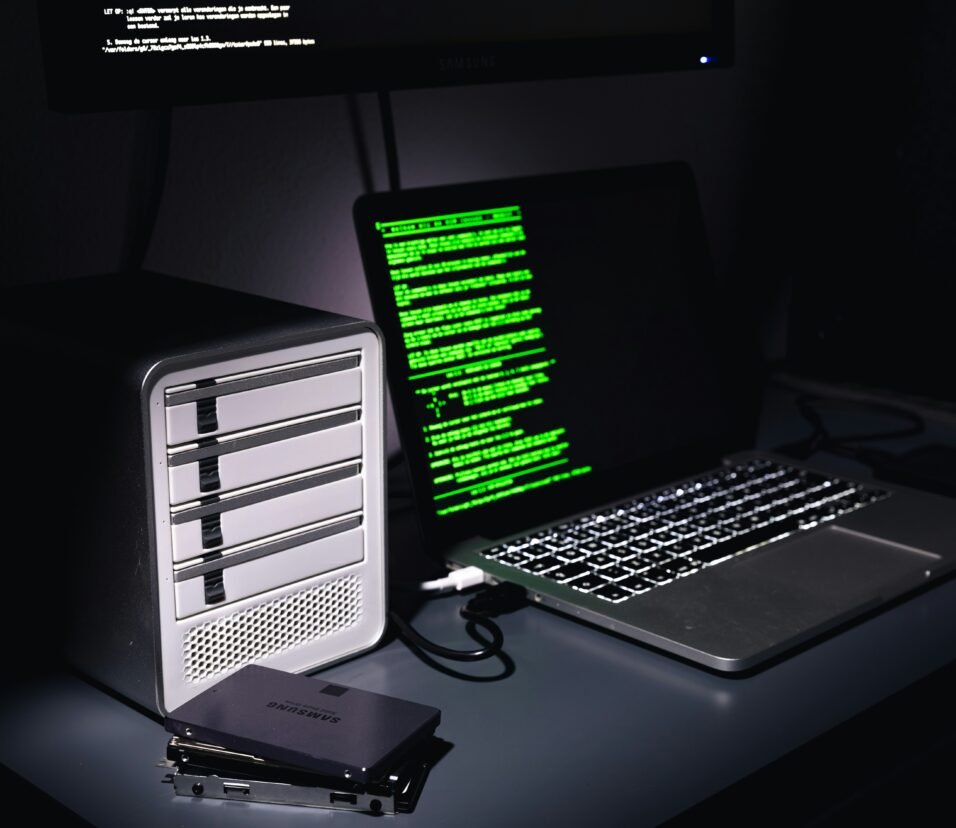Edge Computing Power: Building Real-Time IoT & Low-Latency Apps
As the cloud expands to the edge, a new frontier is unlocking real-time, hyper-responsive applications—from autonomous drones to remote surgeries and smart cities. Edge computing isn’t just about speed—it’s about proximity, privacy, and power.
🔍 What Is Edge Computing?
Edge computing is the practice of processing data closer to where it’s generated (the “edge” of the network), instead of sending it back to a centralized cloud server.
Examples of edge locations:
- Onboard sensors in vehicles
- Local servers in factories or hospitals
- 5G base stations
- Content delivery nodes (e.g., Cloudflare Workers)
🌐 Why Edge Computing Is Exploding in 2025
Several trends are driving the rise of edge computing:
- 🌍 Explosion in IoT (over 40B connected devices)
- 🕹️ Real-time requirements (AR/VR, robotics, automation)
- 🔒 Privacy & compliance (data residency, GDPR)
- ⚡ Network bottlenecks (latency and egress costs)
- ☁️ Hybrid cloud evolution (cloud-to-edge mesh)
⚙️ Edge vs Cloud: Key Differences
| Feature | Cloud | Edge |
|---|---|---|
| Latency | 100–300ms | <10ms |
| Bandwidth | Limited by network | Local and high-speed |
| Privacy | Centralized | On-site, compliant |
| Offline Support | No | Yes |
| Use Case Fit | Batch, storage-heavy | Real-time, control-heavy |
🏗️ Top Use Cases for Edge Computing in 2025
🏭 1. Industrial IoT
- Predictive maintenance on factory floors
- Real-time quality checks
- PLC/SCADA integration with AI at the edge
🚗 2. Autonomous Vehicles
- LIDAR & camera data processed on-board
- Low-latency decision-making
- V2X (Vehicle-to-everything) communication
🏥 3. Healthcare
- Local inference on X-rays or ECGs
- HIPAA/GDPR data isolation
- Remote diagnostics with edge AI
🏙️ 4. Smart Cities
- Traffic light control
- Smart energy grids
- Surveillance with edge analytics
🕹️ 5. AR/VR & Gaming
- Cloud streaming with edge acceleration
- 6DoF rendering and haptic feedback
- Immersive metaverse apps
🧠 Building Blocks of Edge Architecture
| Layer | Components |
|---|---|
| Device Layer | Sensors, actuators, cameras, microcontrollers |
| Edge Nodes | Gateways, routers, Raspberry Pi clusters, Nvidia Jetson, Coral |
| Edge Runtime | WASM runtimes, container engines, K3s (lightweight Kubernetes) |
| Networking | 5G, LoRaWAN, MQTT, WebRTC |
| Edge AI | TensorFlow Lite, OpenVINO, Edge TPU inference |
| Control Plane | AWS IoT Greengrass, Azure IoT Edge, Google Anthos |
🛠️ Tools & Platforms for Edge Development
| Tool | Purpose |
|---|---|
| Cloudflare Workers / D1 / KV | Edge-first serverless compute & storage |
| Fly.io / Vercel Edge / Netlify Edge | Low-latency global app deployment |
| K3s / MicroK8s | Lightweight Kubernetes for edge |
| Balena | OS & fleet mgmt for edge devices |
| Greengrass / Azure IoT Edge | Managed edge runtimes from hyperscalers |
| Tailscale | Mesh networking for secure device access |
💡 Design Principles for Real-Time Edge Apps
✅ Process What You Can Locally
Run inference, filtering, or alerting on the edge; forward only relevant data to the cloud.
🧠 Use Lightweight AI Models
Prefer TensorFlow Lite or distilled transformers for on-device AI.
📦 Bundle Smart, Not Big
Minimize data sent to the edge. Use precompiled binaries, WASM, or minimal containers.
🔁 Sync Intelligently
Use batch sync or event triggers to relay info to the cloud only when needed.
🔐 Build with Zero Trust Security
Every edge device must authenticate and encrypt traffic (mutual TLS, certs, TPM chips).
📈 Real-World Example: Smart Retail Chain
Problem: Store cameras overloaded network sending all footage to cloud for analysis
Solution:
- Local edge nodes run object detection on customers
- Only anomalies (e.g. shoplifting signals) are uploaded
- All logs encrypted and stored on-device for compliance
Result:
✅ 80% network savings
✅ Near-zero delay in alerts
✅ Full GDPR compliance
📉 Challenges of Edge Computing
| Challenge | Solution |
|---|---|
| Device fleet management | Use platforms like Balena or AWS Greengrass |
| Limited compute | Optimize with WASM, edge TPUs, or Coral AI |
| Security | Enforce mTLS, rotate certs, secure firmware |
| Connectivity gaps | Build for async + local fallback |
| Observability | Ship logs + metrics on schedule or on anomaly trigger |
🔮 Future of Edge: Intelligent, Autonomous, and Self-Healing
- LLM agents at the edge: Voice control, decision-making, even local summarization
- Self-healing edge nodes: Auto-repair, failover between devices
- Edge-native programming languages: TinyGo, Rust, AssemblyScript
- AI + Edge + 5G: Enables robotic surgery, drone swarms, battlefield computing
- Decentralized AI marketplaces: Train once, run anywhere—even on the edge
✅ TL;DR – Edge Computing in 2025
| Topic | Summary |
|---|---|
| Definition | Processing data closer to the source for low latency and privacy |
| Top Use Cases | IoT, vehicles, healthcare, gaming, smart cities |
| Tools | Cloudflare Workers, Greengrass, K3s, Fly.io, Balena |
| Benefits | Speed, autonomy, offline capability, cost savings |
| Challenges | Fleet management, security, observability |
| Future | AI at the edge, zero-trust everywhere, real-time decision systems |
📣 Final Thoughts: Edge Isn’t the Future—It’s Already Here
The best apps of the next decade won’t live in a single cloud. They’ll:
- Think locally
- Act instantly
- Sync selectively
- Scale silently








